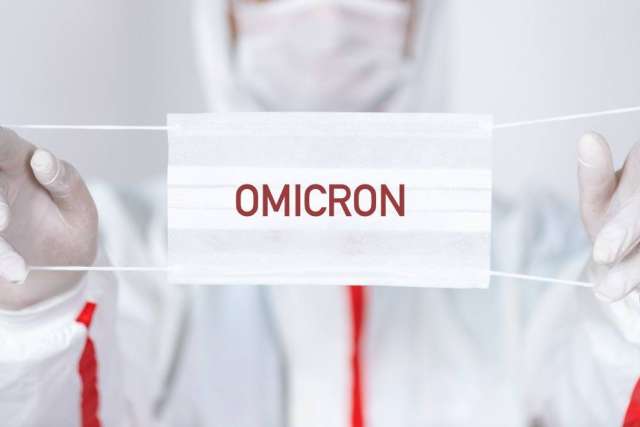Dear Doctors: When someone tests positive for COVID-19 now, what are they supposed to do? So much has changed since the pandemic started, what with the vaccines and the boosters and the different variants. Now they’re even changing how long you’re supposed to isolate. I’m confused.
Dear Reader: You are far from alone in feeling overwhelmed by new and changing information as the pandemic continues. We are now two years into what has been a strange and disruptive time. The coronavirus that causes COVID-19 was brand-new to humans when it emerged, which means we’ve had to collect, process and act upon enormous amounts of new information in real time.
Now, with the highly contagious omicron variant driving a spike in new COVID-19 cases -- more than 400,000 new diagnoses in the United State on a recent day -- each of us needs to know what steps to take if we test positive for the virus. First, it’s important to understand that a positive test means that you are infected with the virus and are capable of passing it on to others. This is true even for individuals who are fully vaccinated. If you’re in a public place or around other people when you learn your test results, you should immediately put on a mask. The virus is airborne, and with every exhalation, an infected person puts others at risk.
The next step is a five-day isolation period, during which you have as little contact as possible with others. People who live alone should not venture out. Those living with others -- family or roommates -- need to stay in a single room. When contact is absolutely necessary, it should be as brief as possible, and all involved should wear a high-quality mask. In a household with multiple bathrooms, one should be designated for the infected person’s sole use. If that’s not possible, everyone needs to wear a mask when using the space. An open window and a fan can help with ventilation. The virus is present in stool, so be sure to close the toilet seat when flushing. Sanitize any surface that you touch each time that you touch it.

As of this writing, if you are symptom-free after five days, the Centers for Disease Control and Prevention now says it’s OK to leave isolation. However, you need to avoid close contact with others and continue to wear a mask for another five days. If you do develop symptoms, check with your doctor for specific guidance. The CDC also recommends that people with symptomatic COVID-19 should isolate for at least 10 days.
Anyone who came into direct contact with you while you were infected should immediately begin wearing a mask, and they should continue to do so for 10 days. Two to three days after exposure, anyone who was exposed to you should be tested. If someone subsequently tests positive for the virus, then the isolation and masking protocols apply to them, as well.
Some states have enacted guidelines that differ from CDC recommendations. To be sure you’re following the proper protocols for your particular area, check with your state health department at usa.gov/state-health.
To learn more about the vaccines and for the latest information visit UCLA Health's COVID-19 Vaccine Info Hub.
(Send your questions to [email protected], or write: Ask the Doctors, c/o UCLA Health Sciences Media Relations, 10960 Wilshire Blvd., Suite 1955, Los Angeles, CA, 90024. Owing to the volume of mail, personal replies cannot be provided.)





